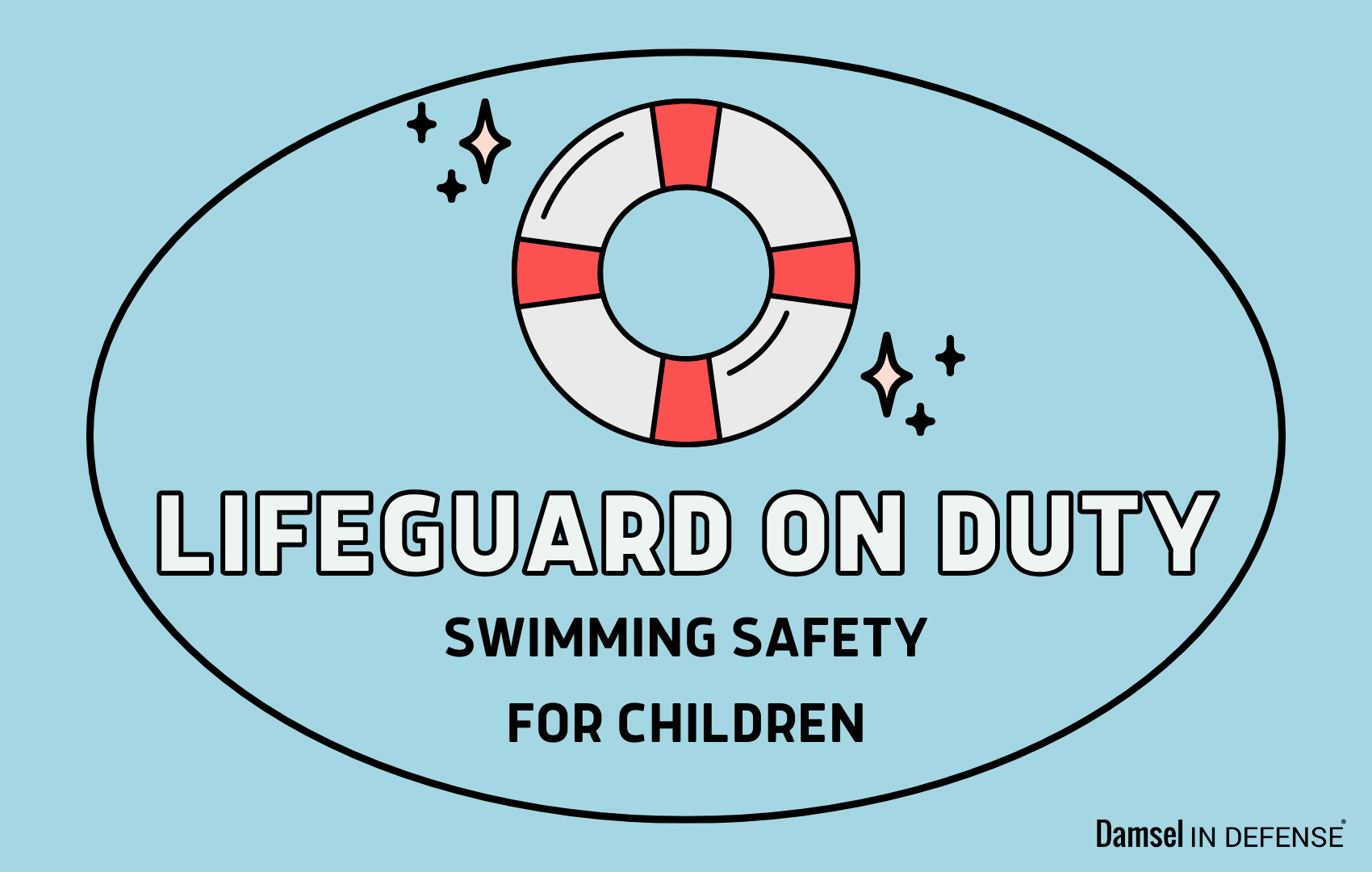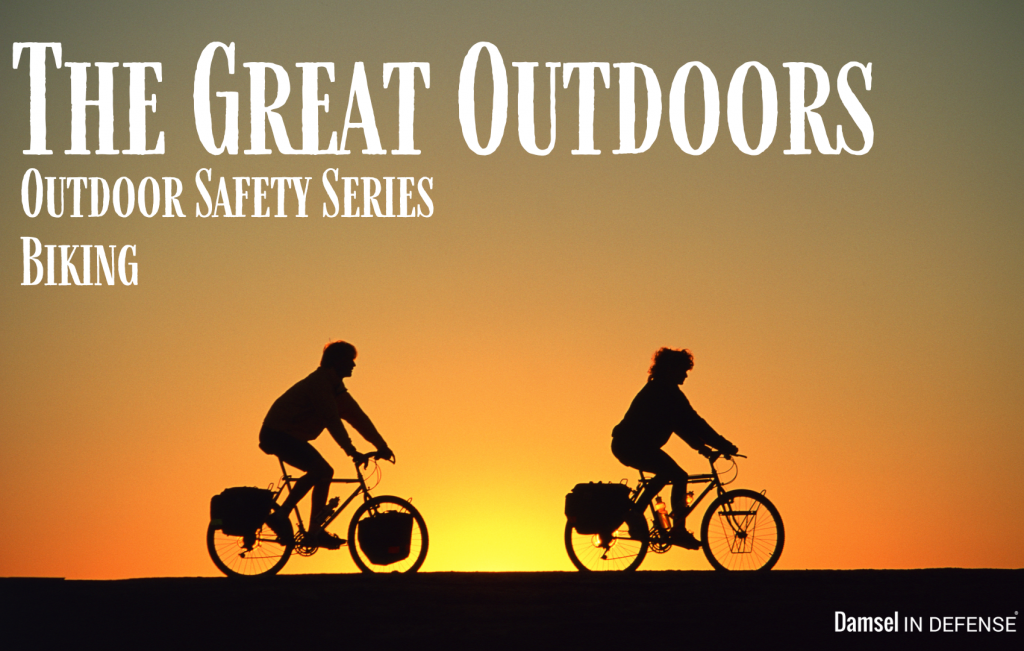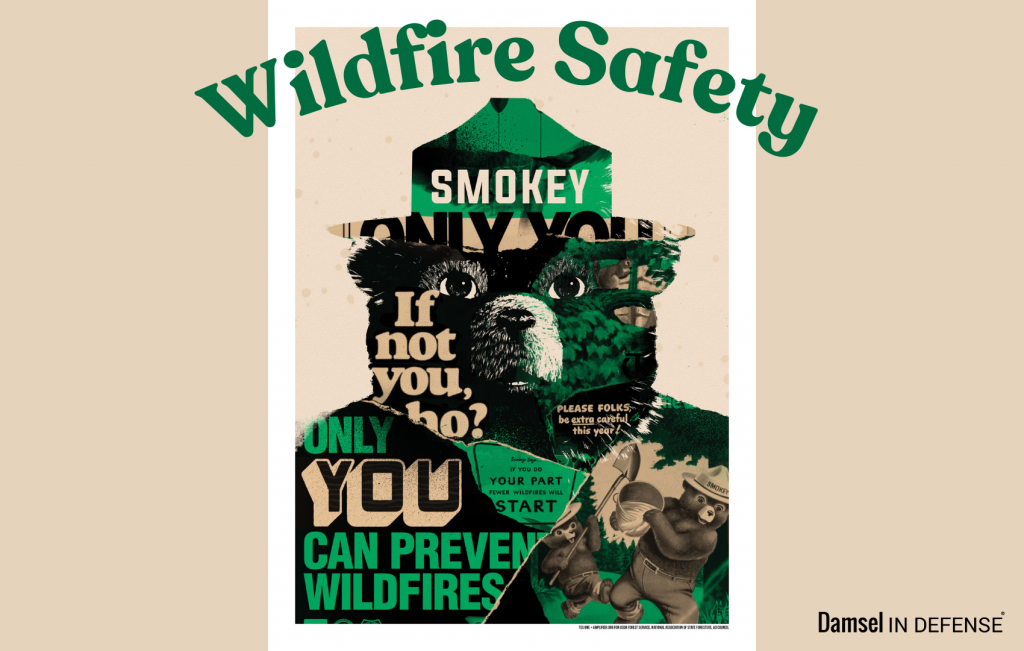
Whether you live in a place where swimming is a regular recreational activity or you have gone near a pool once in your life, the activity of swimming is beneficial for everyone. Children especially tend to love water activities and being around friends or making new ones; therefore, it is highly important that parents invest in their child’s swimming ability at an early age to help prevent drowning.
Invest in swim lessons
Swim lessons are the best way to get your child comfortable in and around the water. Lessons can begin as early as 6-36 months and can continue through 12 years old. Some swim places also instruct teens and adults as it is never too late to learn!
The YMCA offers affordable classes for members and has financial aid packages available as well. Many cities also have affordable lessons through their Parks & Recreation Department. We recommend checking out their schedule as well which you can find online by typing in your city name+parksandrecreation.org.
50% of all child drowning cases happen in a swimming pool and for children ages 1-4, it is the leading cause of death. With 4,000+ unintentional drowning deaths per year, how can we lower this horrifying statistic?
Never leave children unattended near water
Drowning is not often what we may believe it to be. Drowning in movies has been portrayed as violent splashing, thrashing, and bursts of yelling before the victim goes underwater. In actuality, drowning is a quick and silent killer that can often happen very unintentionally. It can look like a child or adult on a floatation device who floats over a child who is trying to come up for air or a child who suddenly finds him or herself in the deep end of the pool and a floatation device is lost.
A great way to help protect your children is also choosing a swimsuit that is of a bright color such as fuchsia, orange, or yellow. These swimsuit colors stand out rather than blend into the water.
Pool Safety
Designating a “water watcher” is the best way to ensure a trusted adult is keeping an eye on your child and the pool at all times. We recommend taking “shifts” watching the pool and teaching children the following safety protocols:
- Only swim in designated areas supervised by lifeguards
- Obey pool rules and breaking them receives strict punishment
- No running around the pool, pushing or dunking each other, or diving in shallow water
- Permission needs to be given before going near water
- The buddy system is important and needs to be used in the water and in public spaces such as a public pool
- No eating or chewing gum in the pool
Be sure to have an emergency kit placed close to the pool and highly consider fencing in the pool as well. It is important to take the proper precautions to ensure that the pool stays a safe and happy environment!
- Ensure there is a clear view of the pool from the house
- Gate handles and locks should not be accessible to young children
- Keep all electrical appliances away from the pool area
- After the pool time is done, remove all pool toys and store safely to prevent children from getting in the pool to get a specific toy
- Store sanitation chemicals carefully and out of reach of children
- Post emergency numbers near the pool and keep a first aid kit out by the pool
- Learn CPR
Lake, River, and Ocean Safety
Some of the fondest memories can be made on the lake or at the beach; however, those fond memories are only made by following some safety tips for large bodies of water.
Watch for Warning Signs
Weather is a huge indicator on whether or not it is safe to swim but there will also be warning signs as well. Beaches are also required to have flags as well based on the weather such as low hazard, medium hazard, high hazard, and a flag to indicate a closed beach.
Signs are often posted on the shore as well to indicate any possible dangers of undertow, sharks or jellyfish, and wave conditions. Be on the lookout for these signs that will often say “Warning”, “Danger” or simply may have a big yellow triangle or diamond.
Hazards in the WIld
Just as a pool at home or in public comes with its own hazards, natural bodies of water have hazards as well. These hazards can be very different than a tame pool so let’s look at the different hazards that can occur:
- Dams, underwater obstacles
- Lakes and Rivers have dams and sometimes underwater obstacles such as nets or buoys can be very dangerous
- Research the lake or river you are going to and map out the underwater dangers that have been recorded or discovered so you can set boundaries for your family
- Vegetation, Animals, and Fish
- Underwater vegetation can be slippery, filled with bacteria, and thick. This can cause falls, sickness if ingested, and drowning.
- Wild animals of any nature can appear in the scene of a lake, river, or ocean and can range from a small fish to a bear. No matter the animal, teach your children to be cautious around wild creatures
- Other people’s water activities
- Boating, Kayaking, Paddle Boarding, and many other activities can be very fun until the person operating the water activity makes a poor choice. When in public, we hope that the people around us would be respectful yet due to the world we live in, we can only control what our responses will be
- Ensure you teach your children to be on the lookout for others and to be patient when dealing with others
- Enforce Safe Behaviors
- Such as when in the ocean, being careful of the rip tide and not being knocked down by the wild waves
- Kids follow your example, so we recommend leading them to always swim with a buddy and to be in the moment and leave all distractions on shore
For parents, we also recommend packing the Hush Hush Brush or the Sassy Spray Travel Keepsake in your beach or pool bag to keep all valuables out of sight as you watch your child’s fifth cannonball of the day. Want more safety tips regarding your children? Talk to your local Damsel Safety Educator here about our Safe Hearts line and our Early Prevention Mindset Safety Session.



